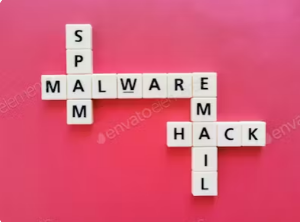Dealing with a computer virus or malware infection can be a stressful experience, but taking immediate action is essential to minimize damage and protect your data. If you suspect that your computer has been infected, follow these steps to address the issue effectively:
1. Disconnect from the Internet: As soon as you suspect a virus or malware infection, disconnect your computer from the internet to prevent the malware from spreading, communicating with a command-and-control server, or further compromising your system.
2. Enter Safe Mode: Restart your computer and boot into Safe Mode. This mode loads only essential system programs and disables most third-party software, making it easier to identify and remove malicious files or programs.
3. Run Antivirus and Anti-Malware Scans: Use reputable antivirus software and anti-malware tools to perform full system scans. Ensure your security software is up to date with the latest virus definitions to detect and eliminate the malware effectively.
4. Quarantine or Remove Infected Files: If the antivirus scan detects malware, follow the software’s instructions to quarantine or remove the infected files. Quarantining isolates the infected files, whereas removing deletes the malware from your system.
5. Restore from Backup: If you have backups of your data, consider restoring your system from a clean backup to remove the malware completely. Ensure the backup is from a time before the infection occurred to prevent re-infection.
6. Update Operating System and Software: Ensure your operating system and all software applications are updated with the latest security patches. Regular updates can address vulnerabilities that malware may exploit to infect your system.
7. Change Passwords: If you suspect sensitive information or passwords have been compromised, change your passwords for online accounts, email, and other critical services. Use strong, unique passwords for each account.
8. Monitor for Signs of Persistence: After removing the malware, monitor your computer for any signs of persistence or unusual behavior. Perform additional scans to confirm that the infection has been completely eradicated.
9. Seek Professional Help: If you are unable to remove the malware or suspect a more advanced threat, consider seeking assistance from professional computer security experts or IT professionals to thoroughly clean and secure your system.
A computer virus or malware infection requires prompt action, thorough removal procedures, and preventive measures to protect your system from future threats. By following these steps and maintaining good security practices, you can mitigate the risks associated with malware infections and safeguard your digital assets.
